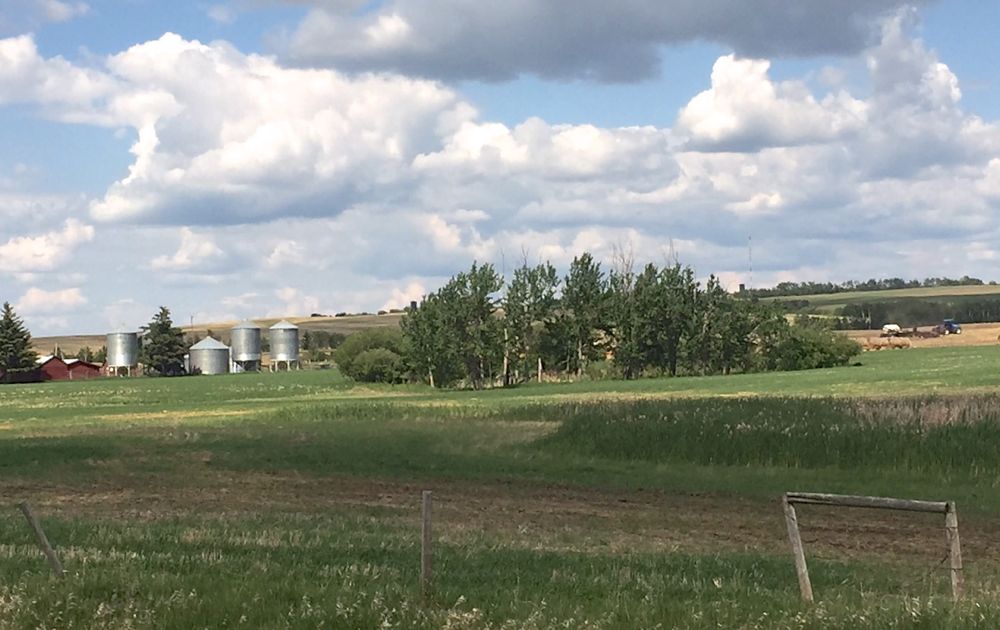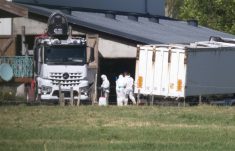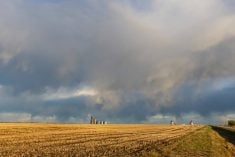Judy Wilkinson was planting potatoes on Thursday when she had a bad feeling: the dry weather was just right for a fire.
“It’s scary out there. The buffalo don’t want to eat hay anymore,” said Wilkinson, who with her husband Kevin raises bison on the forest’s edge near Turtle Lake, Sask.
“They’re on the move, just looking for something to eat. And there is nothing.”
Wilkinson’s worry was on target, it turns out. Later that day, a forest fire sparked in the provincial forest, just seven or eight kilometres north of her home. Several other farmers and ranchers, acreage owners and cabin owners at nearby Turtle Lake live a short distance south of the fire as well.
The fire started in a cut block harvested in 2013, said Al Balisky, general manager of Mistik Management Ltd., a forestry company based 85 km further north at Meadow Lake, managing logging, tree planting and other forestry operations in northwestern Saskatchewan.
Balisky said Mistik was investigating, but hadn’t determined a cause yet. A tree-planting crew was working in the area, Balisky said, adding that no one was injured.
Thursday’s south winds were slowly driving the fire north, said Balisky, who put the fire at about 50 hectares as of Thursday afternoon.
Read Also

U.S. livestock: Cattle fall sharply as Trump says he’s working to lower beef costs
Chicago cattle futures fell sharply on Friday after U.S. President Donald Trump said his administration was working to lower the…
Forest fires aren’t often seen in that region, he said, but “it’s super dry out there. The entire northwest side of Saskatchewan is under an extreme fire hazard.”
By late afternoon, a few local residents had gathered in a pasture, about two miles south of the fire, to analyze the smoke columns and watch the fire-fighting aircraft. A bird dog airplane guided two CL-215 water bombers to the fire. At one point, the bombers were dropping water on the fire every five minutes.
Doug Taylor, an artist and business owner, was one of the fire-watchers. Taylor lives on an acreage a few miles southeast of the fire, but wasn’t worried about the fire spreading south. For one thing, there are plenty of poplar bluffs between his home and the fire.
“When I worked on forest fires we would steer fires into poplar to stop them. They make a pretty good fire block,” he said.
Taylor used to ride shotgun on a bird dog aircraft, the small plane that leads the water bombers into the fire. He’d map the fire, decide where the bombers would drop their loads, and track the fire’s spread, he explained.
Fires can grow big enough to create their own weather, Taylor said. He pointed to the top of the smoke column to the north, which looked like a cloud. “It’s got moisture condensing out to form a cap.”
Tree planters evacuated
On Thursday afternoon Kevin Wilkinson was on traffic control duty. He had parked his truck on the fireguard road leading north, stopping curious people from venturing too close to the fire.
There were few indications that a forest fire was burning a mile and a half away. Spruce trees towered over us, hiding the smoke columns. There wasn’t even a hint of smoke because of the wind direction. The only clue as to what was happening was the drone of aircraft overhead.
The tree-planting crew had been camped at the spot Wilkinson now waited. They’d packed up and left 10 minutes or so before I’d arrived. All that remained were a few outhouses, a stack of wood, and flattened cardboard boxes that had held their trees.
Wilkinson had been one of the first people on the scene when the fire started. He was worried enough that afternoon that he’d decided not to join Judy at the Cathedral Arts Festival in Regina, where they’d planned to sell their bison jerky together. Instead, he’d keep an eye on things at home while Judy went alone.
By Friday morning, there was still smoke coming from the fire, Judy said. But the situation didn’t seem as dire as the day before. “Yesterday it was just brutal here,” she said.
This isn’t the first time the Wilkinsons and their neighbours have dealt with fire on their doorsteps. In 2002, a fire on Turtle Lake’s edge destroyed homes and cabins, and saw many locals pushing it back from their farms and acreages while water bombers and provincial fire crews suppressed it. And on a dry spring day years earlier, people cooking fish had started a fire close to the Wilkinsons’ land.
So while people are already talking about the dry conditions and lack of rain in the forecast, it’s nothing Judy Wilkinson hasn’t seen before.
“I’m sure we’ll get through it. We always do.”
— Lisa Guenther is a field editor for Grainews and Country Guide at Livelong, Sask., south of Turtle Lake. Follow her at @LtoG on Twitter.


















